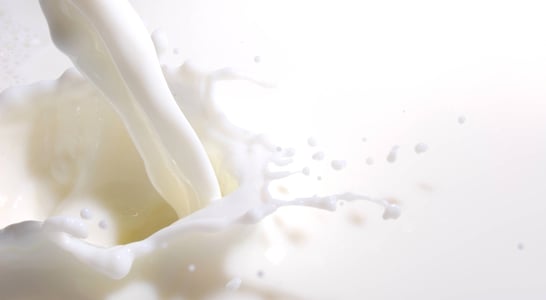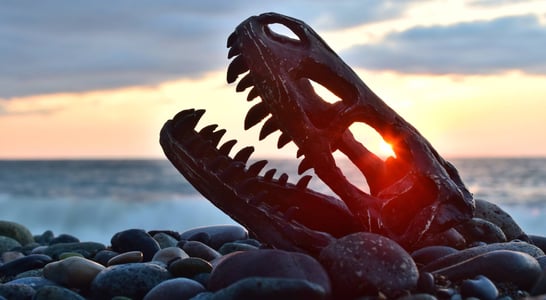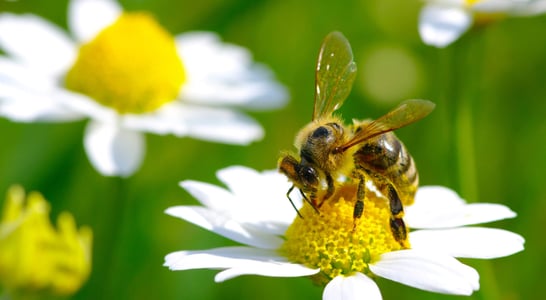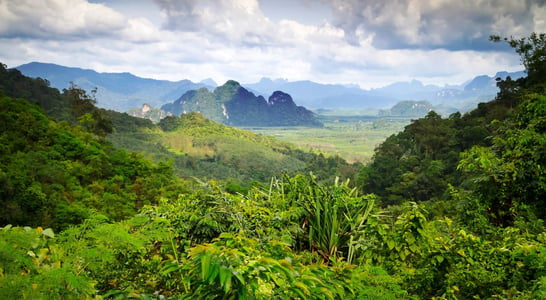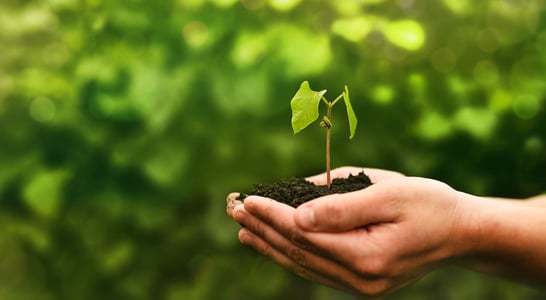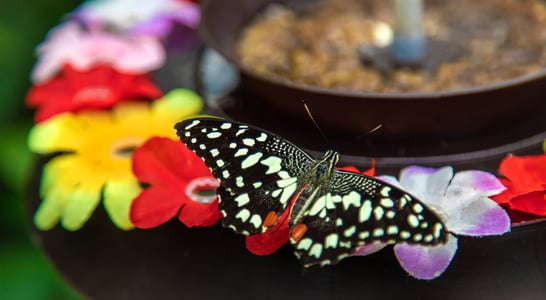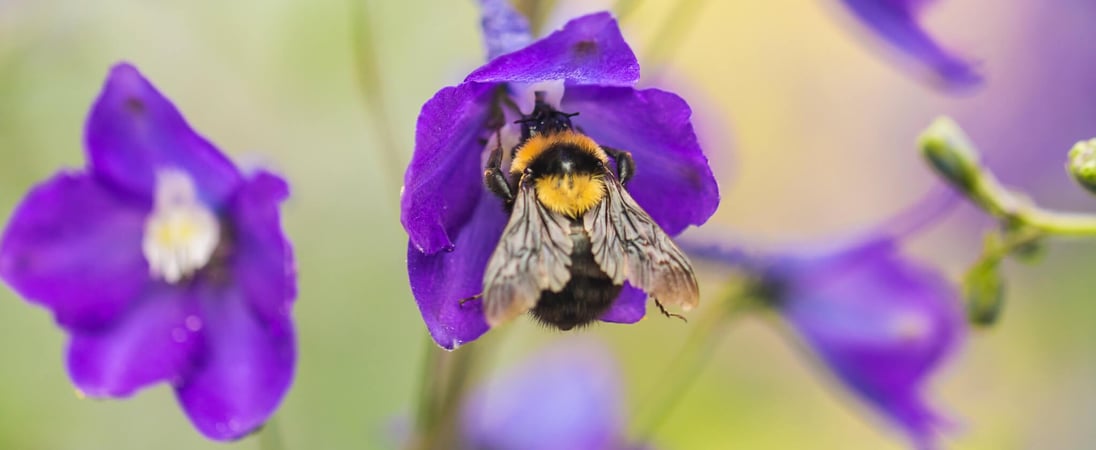
National Pollinator Month
Essential contributors to ecosystems, ensuring biodiversity and food security by facilitating plant reproduction through pollen transfer.
While most people know bees are pollinators that propagate thousands of different species of plants, there are actually several other types of animals and insects that also help with this job of pollinating crops, gardens and more. Today, many species of pollinators are at risk, threatened by human development, pesticides, non-native plants in landscaping, climate change and many other factors.
National Pollinator Month brings attention to the important work that these insects and other creatures play in creating and sustaining a healthy environment and habitat for all of the planet’s inhabitants. In addition, this event provides opportunities to participate by encouraging pollinators to make the world a happier, healthier and more beautiful place!
History of National Pollinator Month
Getting its start in 2007, this event originally began as National Pollinator Week as it was declared by the United States Senate to take place during the third week of June. Later, the event was changed to include the entire month, with the hopes of including more individuals, groups and communities in the celebration and awareness campaigns.
Since its beginning almost two decades ago, National Pollinator Month has worked to educate and inform the public, while encouraging activities and participation that promotes the sustainable lives of pollinators.
How to Celebrate National Pollinator Month
Check out some of these ideas and resources to get started with celebrating National Pollinator Month:
Plant a Pollinator Friendly Garden or Yard
An excellent way to get on board with National Pollinator Month is to consider what plants and flowers are in the garden, whether front or back, that encourage pollinators. Depending on the location and landscape, certain native flowers and plants will offer a creative ‘nectar cafe’ for those pollinating friends that include insects and animals such as bees, beetles, butterflies, birds and even small mammals.
The best pollinator gardens offer a range of flowering plants that will bloom all throughout the growing season. Heather, coneflowers, lavender, goldenrod, primrose, verbena and so many other plants native to each specific area will offer a range of opportunities for pollinators to thrive.
Share Fun Facts About Pollinators
-
More than 70% of the plants around the globe rely on pollinators to produce fruit and seeds
-
Many of the crops that humans rely on for food, including canola, alfalfa, berries, fruits and even some vegetables, require pollinators to help them propagate
-
Due to habitat loss and other factors, the populations of pollinators have declined all over the planet
Get National Pollinator Month Resources
Get access to resources and tools online in honor of National Pollinator Month. Head over to the Pollinator Partnership website for all sorts of ideas, tools, tips and more. From garden cards and planting guides to pesticide education and bee issues, find access to all sorts of information and helpers that can help turn any outdoor space into a pollinator friendly place.
Also in ...
View all holidaysWorld Milk Day
Start your day with a glass of calcium-rich milk, visit a local dairy farm, or see what milk alternatives like soy, oat, or almond milk you might enjoy.
National Go Barefoot Day
Put your feet in direct contact with the Earth by going barefoot, or donate any shoes you don’t wear to those who have no choice but to go barefoot.
Dinosaur Day
Discover a lost world of colossal creatures, where gigantic predators and gentle giants once roamed the earth.
National Cancer Survivors Day
Join an organization or event to celebrate those who have fought or are fighting their battle against cancer, and raise awareness of the struggles they face.
We think you may also like...
Don’t Step On A Bee Day
In addition to being careful not to step on any bees, see how you can help save these crucial creatures from disease and other threats of extinction.
World Rainforest Day
Donate or volunteer your time to helping or raising awareness about how we can save the rainforests, and keep these crucial ecosystems alive.
World Nature Conservation Day
Caring for the planet's beauty and creatures is like giving the Earth a big, loving hug. Join the effort and make a positive impact!
Butterfly Education and Awareness Day
Understanding the life cycles and habitats of these pollinators fosters conservation efforts and biodiversity appreciation.
